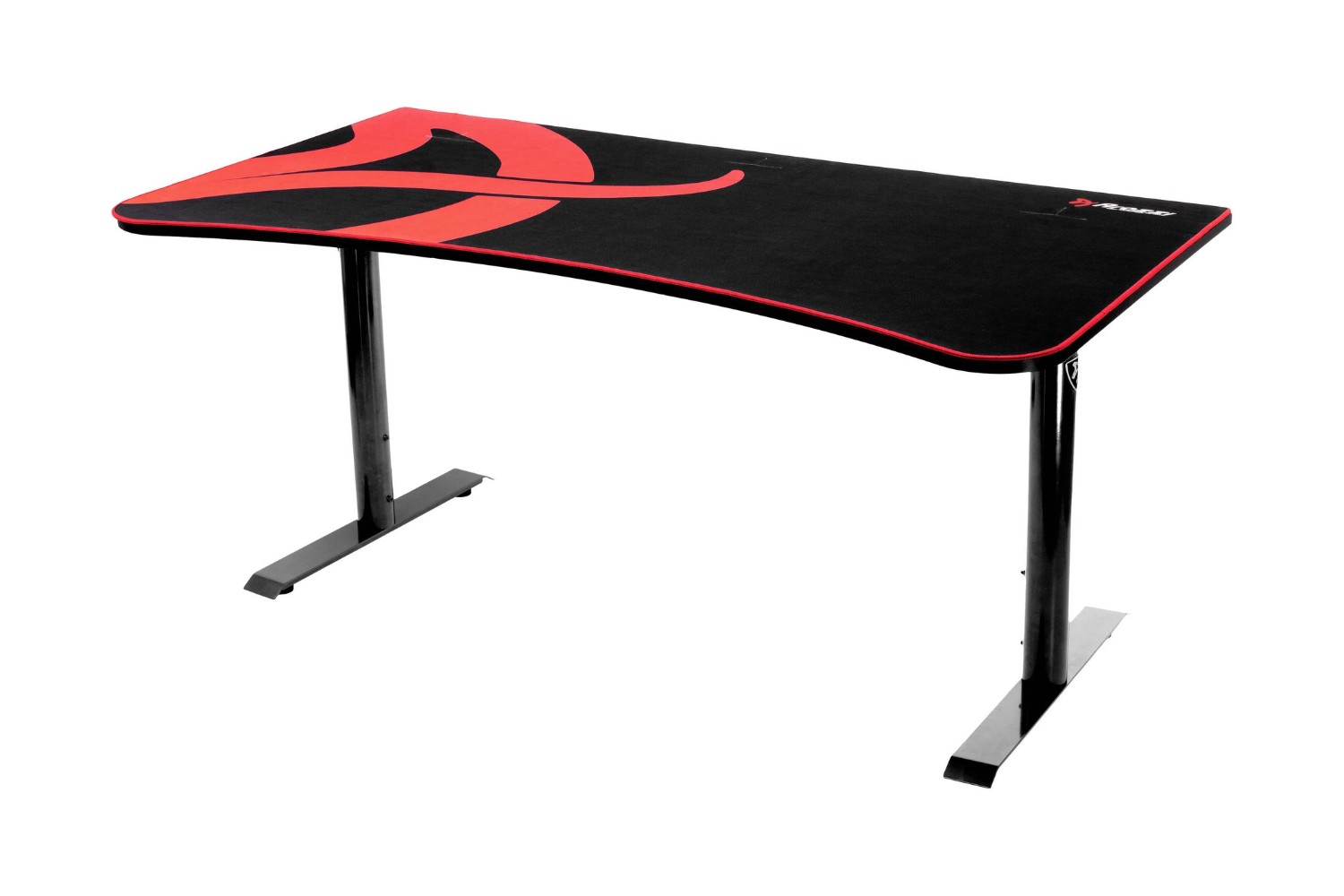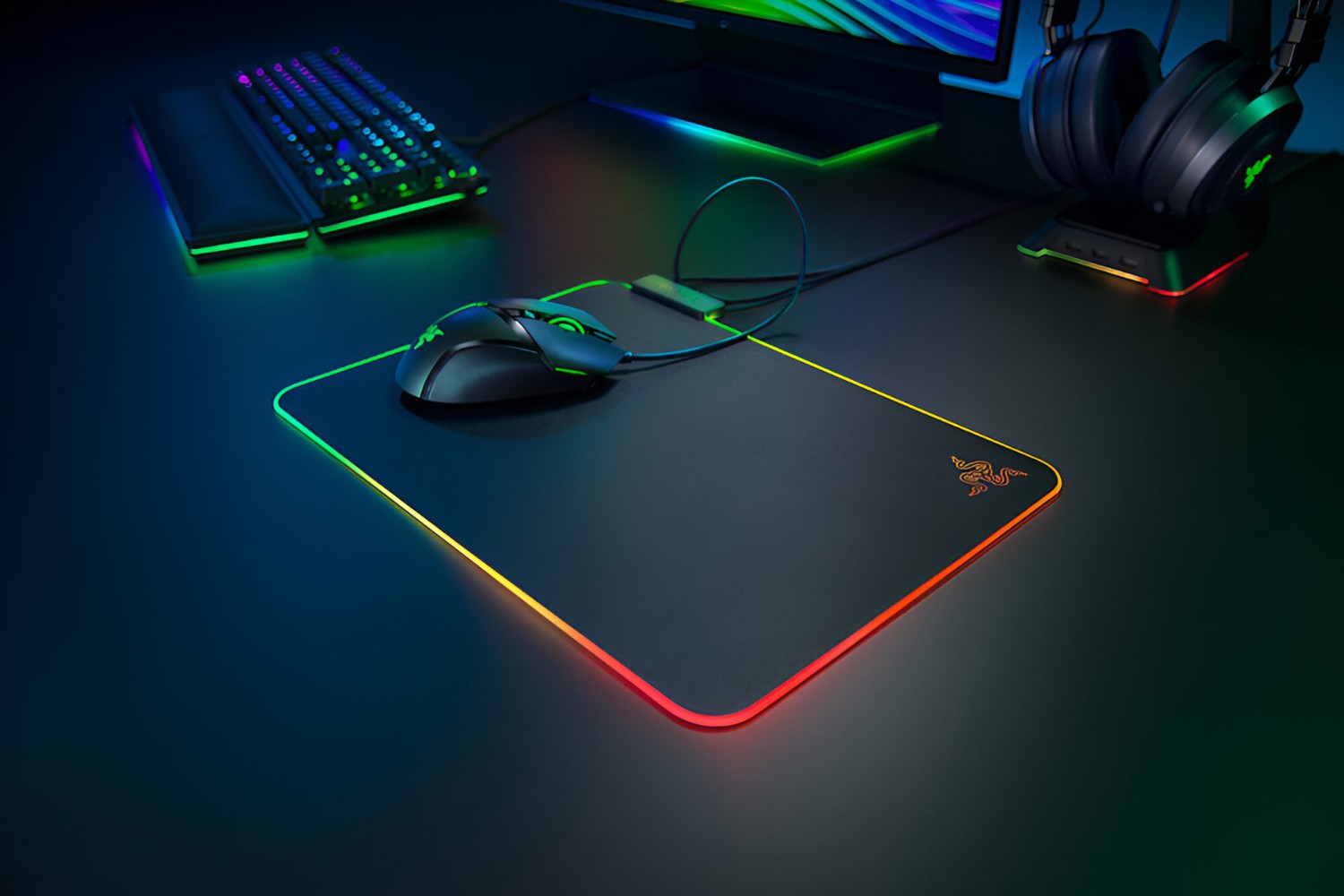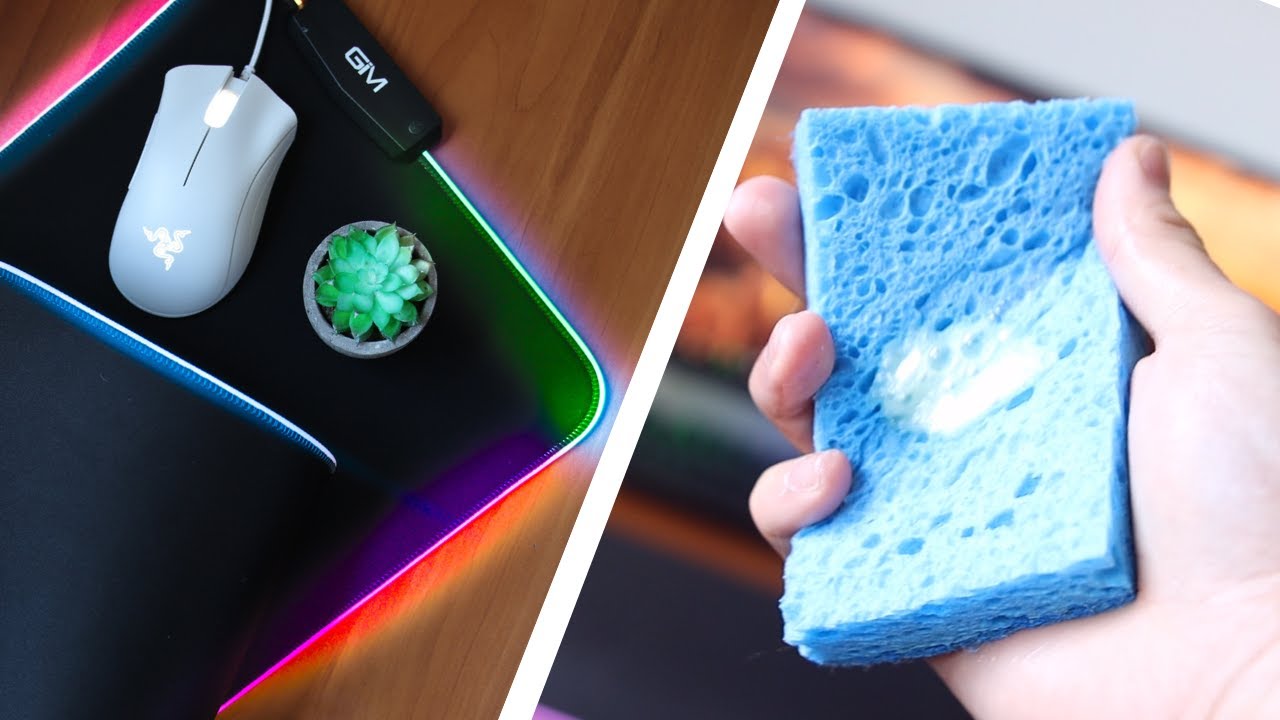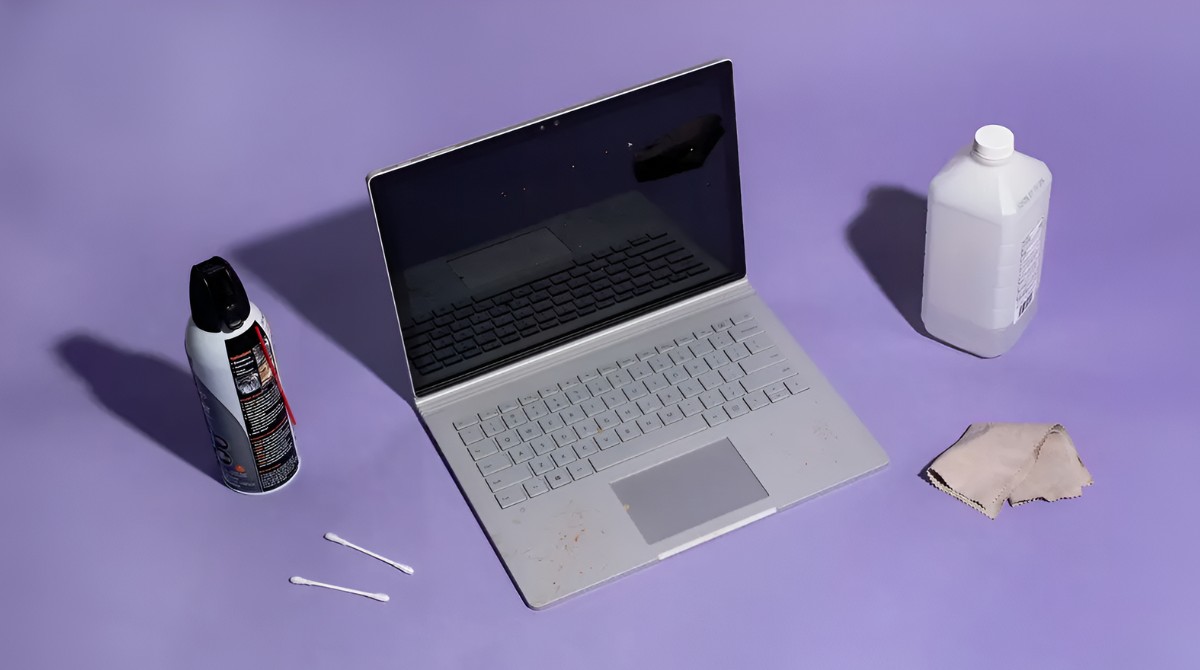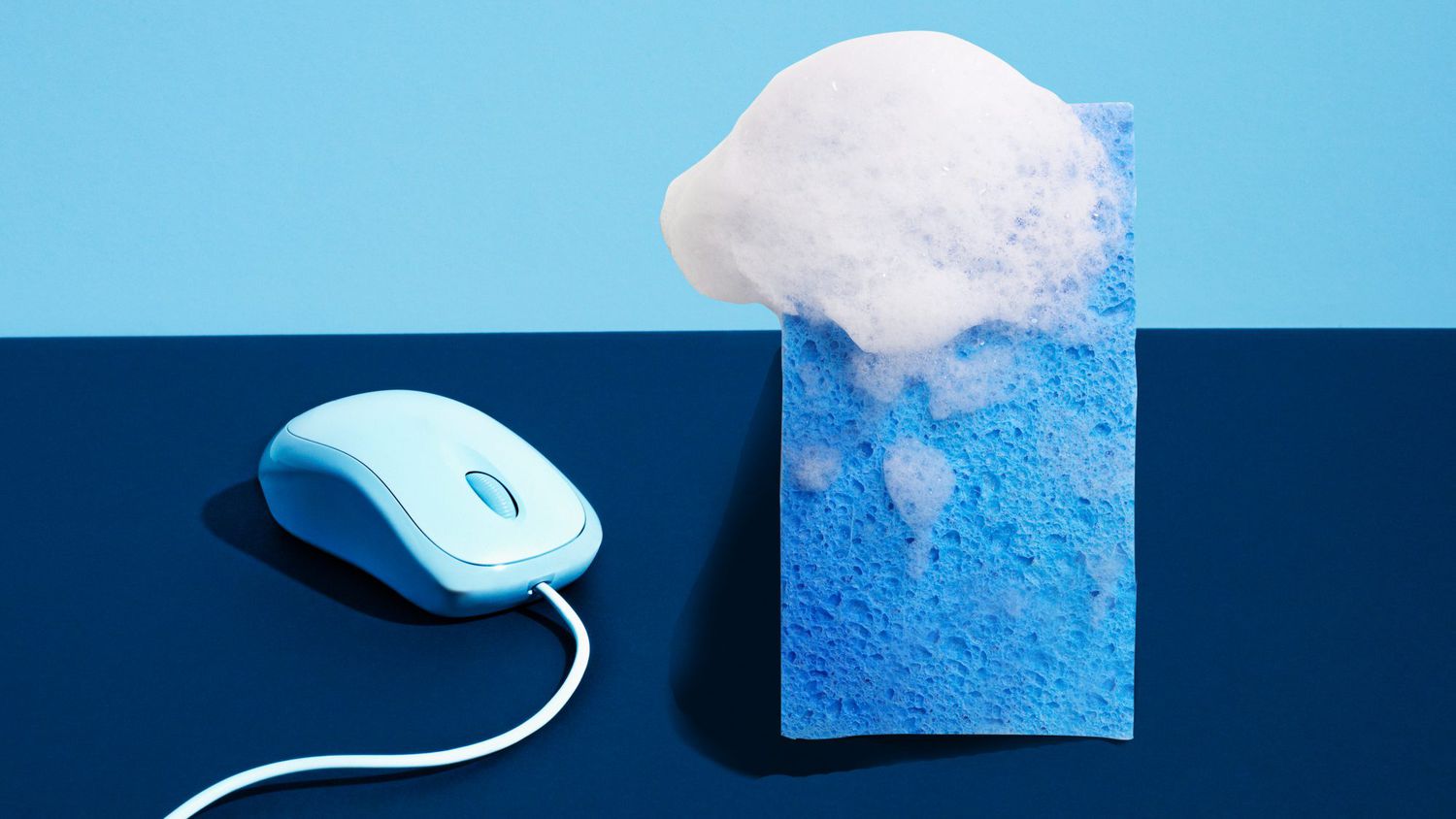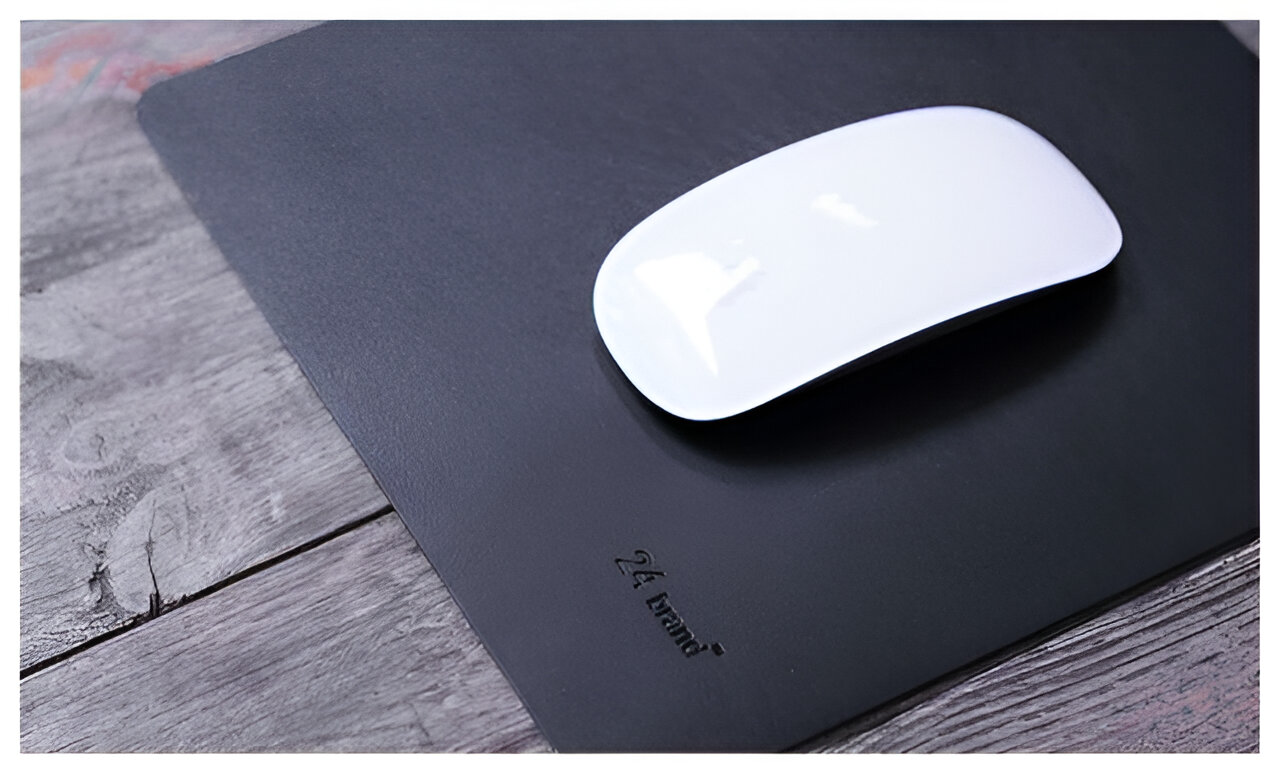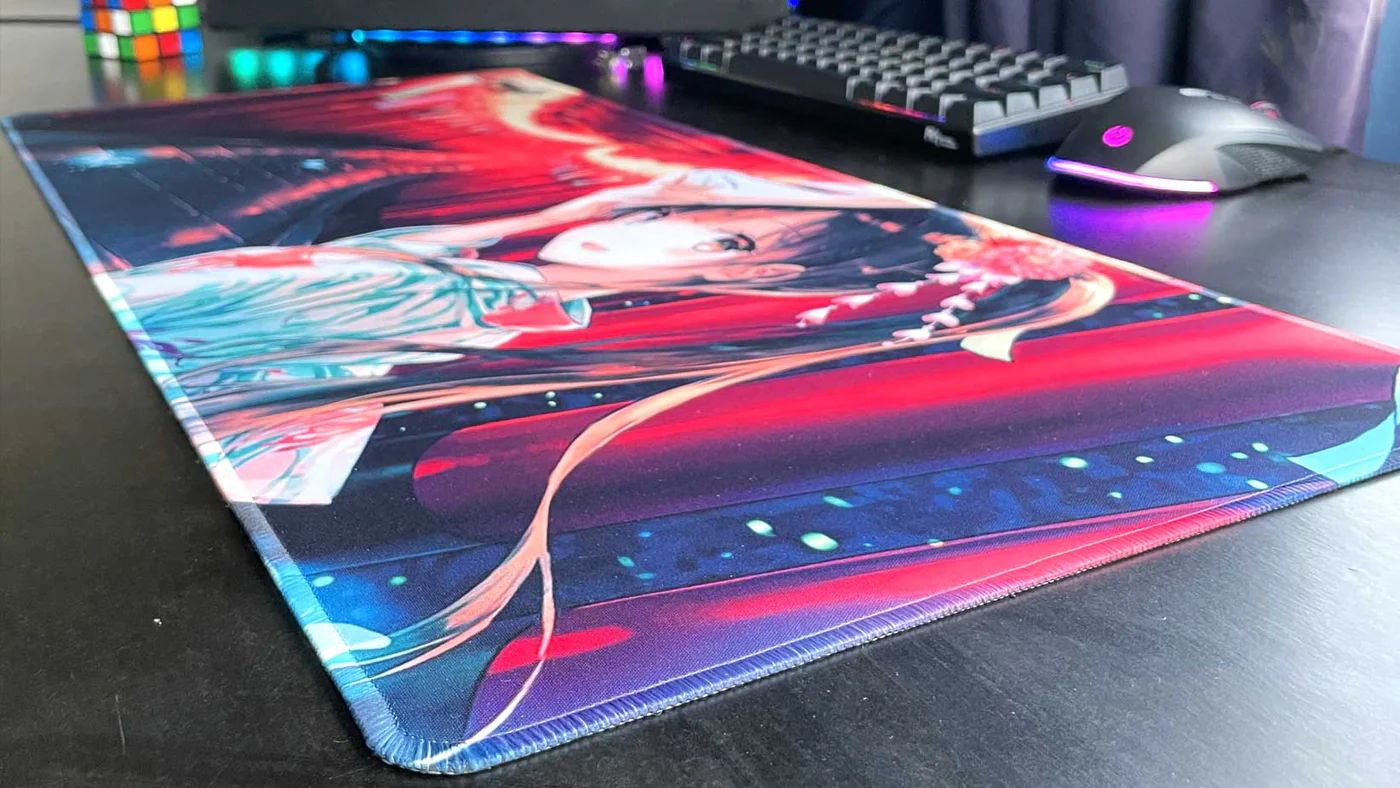Introduction
Introduction
When it comes to maintaining a clean and efficient workspace, the often-overlooked mouse pad plays a crucial role. Whether you’re an avid gamer, a design professional, or a regular computer user, the state of your mouse pad can significantly impact your overall experience. From cloth to hard surface to gel mouse pads, each type requires specific care to ensure optimal performance and longevity. In this guide, we’ll delve into the various methods for cleaning and maintaining different types of mouse pads, providing you with the knowledge and tools to keep your trusty pad in top condition.
As we navigate through the cleaning processes for cloth, hard surface, and gel mouse pads, you’ll discover the importance of regular maintenance and the impact it can have on the functionality and lifespan of your mouse pad. Additionally, we’ll explore the reasons why keeping your mouse pad clean is essential, shedding light on the potential health and performance benefits that stem from this often-neglected practice.
So, whether you’re dealing with a coffee spill on your cloth mouse pad, dust and grime buildup on your hard surface pad, or simply want to keep your gel pad free from debris, this comprehensive guide will equip you with the knowledge and techniques needed to maintain a clean and hygienic mouse pad. Let’s dive in and uncover the secrets to preserving the integrity of your trusty mouse pad.
Why Clean Your Mouse Pad
Regularly cleaning your mouse pad is crucial for several reasons, encompassing both practical and hygienic considerations. By maintaining a clean mouse pad, you can ensure optimal functionality, extend its lifespan, and promote a healthier work environment.
Optimal Functionality:
A clean mouse pad facilitates smooth and accurate cursor movements, which is essential for tasks that demand precision, such as graphic design, gaming, and detailed photo editing. Dust, dirt, and grime accumulation can hinder the mouse’s tracking capabilities, leading to erratic movements and decreased responsiveness. By keeping your mouse pad clean, you can maintain consistent and reliable mouse performance, enhancing your overall productivity and user experience.
Extended Lifespan:
Regular cleaning and maintenance can significantly prolong the lifespan of your mouse pad. Over time, dirt and debris buildup can cause the surface material to degrade, impacting its texture and overall usability. By implementing proper cleaning practices, you can prevent premature wear and tear, ultimately saving you the cost and hassle of frequent replacements.
Hygienic Benefits:
From a hygiene standpoint, a clean mouse pad contributes to a healthier and more pleasant work environment. Dust, food particles, and sweat can accumulate on the pad’s surface, creating an environment conducive to bacterial growth and unpleasant odors. By regularly cleaning your mouse pad, you can minimize the risk of bacterial contamination and maintain a more sanitary workspace, reducing the potential for skin irritation and allergic reactions.
Enhanced Aesthetic Appeal:
A well-maintained mouse pad not only functions better but also enhances the visual appeal of your workspace. Stains, discoloration, and visible debris can detract from the overall aesthetics of your desk setup. By keeping your mouse pad clean, you can create a more professional and inviting work environment, reflecting positively on your attention to detail and organizational skills.
By understanding the compelling reasons for keeping your mouse pad clean, you can prioritize its maintenance as an integral part of your overall workspace care routine. In the following sections, we’ll explore the specific cleaning methods tailored to different types of mouse pads, empowering you to uphold the cleanliness and functionality of these essential peripherals.
Different Types of Mouse Pads
Mouse pads come in various materials and designs, each offering distinct advantages and requiring specific cleaning approaches. Understanding the characteristics of different mouse pad types is essential for determining the most effective cleaning methods. The three primary types of mouse pads include cloth, hard surface, and gel pads.
Cloth Mouse Pads:
Cloth mouse pads, often made from fabric or textile materials, are known for their smooth and comfortable surface. They provide excellent traction for both optical and laser mice, making them a popular choice among gamers and design professionals. However, their porous nature makes them susceptible to absorbing spills, dirt, and oils, necessitating regular cleaning to maintain their performance and appearance.
Hard Surface Mouse Pads:
Hard surface mouse pads are typically constructed from materials such as plastic, metal, or tempered glass. They offer a durable and low-friction surface that facilitates precise mouse movements. While hard surface pads are less prone to liquid absorption, they can accumulate dust, skin oils, and debris over time, requiring specific cleaning techniques to preserve their smooth and consistent tracking capabilities.
Gel Mouse Pads:
Gel mouse pads feature a cushioned, ergonomic design that provides wrist support and comfort during extended computer use. The gel-filled wrist rest offers a soft and pliable surface for mouse navigation, reducing strain and fatigue. Cleaning gel mouse pads involves specialized care to prevent damage to the gel material while effectively removing dirt and stains from the fabric or vinyl covering.
By recognizing the unique attributes of each mouse pad type, you can tailor your cleaning approach to suit the specific requirements of your pad. In the following sections, we’ll delve into the cleaning methods tailored to each type, equipping you with the knowledge to maintain the cleanliness and functionality of your mouse pad, regardless of its material or design.
How to Clean a Cloth Mouse Pad
Cloth mouse pads are popular for their comfortable texture and reliable tracking capabilities, but their fabric construction makes them susceptible to dirt, spills, and oils. Regular cleaning is essential to preserve their performance and extend their lifespan. Here’s a step-by-step guide to effectively clean a cloth mouse pad:
1. Gather Cleaning Supplies:
Before you begin, gather the necessary cleaning supplies, including mild liquid soap or detergent, a soft-bristled brush or sponge, warm water, and a clean, dry cloth.
2. Pre-treat Stains:
If your cloth mouse pad has noticeable stains or spots, pre-treat them by applying a small amount of mild liquid soap or detergent directly to the affected areas. Gently rub the soap into the fabric using a soft-bristled brush or sponge.
3. Hand Wash the Mouse Pad:
Fill a basin or sink with warm water and add a small amount of mild liquid soap or detergent. Submerge the cloth mouse pad in the soapy water and gently agitate it to loosen dirt and grime. Allow the pad to soak for a few minutes to help lift stubborn stains.
4. Rinse Thoroughly:
After soaking, remove the mouse pad from the soapy water and rinse it thoroughly under running water to remove soap residue and dirt. Gently press the pad to expel excess water, but avoid wringing or twisting, as this can damage the fabric and alter its shape.
5. Air Dry:
Place the damp cloth mouse pad on a clean, dry towel and blot it gently to absorb excess moisture. Avoid using a dryer or direct heat, as this can cause the fabric to shrink or warp. Instead, allow the pad to air dry completely before returning it to your workspace.
6. Perform Regular Maintenance:
To prevent excessive dirt buildup, consider implementing regular maintenance by lightly vacuuming or using a lint roller to remove surface debris from your cloth mouse pad. This quick maintenance routine can help prolong the time between deep cleaning sessions.
By following these steps, you can effectively clean and maintain your cloth mouse pad, ensuring a clean and comfortable surface for precise mouse movements. With proper care, your cloth mouse pad can continue to provide reliable performance and comfort for your computing needs.
How to Clean a Hard Surface Mouse Pad
Hard surface mouse pads are prized for their durability and smooth tracking capabilities, but they are susceptible to accumulating dust, skin oils, and debris over time. Proper cleaning is essential to maintain their consistent performance and aesthetic appeal. Here’s a comprehensive guide to effectively clean a hard surface mouse pad:
1. Gather Cleaning Supplies:
Before you begin, assemble the necessary cleaning supplies, including a mild household cleaner, warm water, a soft cloth or sponge, and a dry towel.
2. Wipe Down the Surface:
Start by wiping down the hard surface mouse pad with a damp cloth or sponge to remove surface dust and grime. Avoid using abrasive cleaners or rough materials that could scratch or damage the surface.
3. Spot Clean Stains:
If there are stubborn stains or residue on the pad, apply a small amount of mild household cleaner to a soft cloth and gently spot clean the affected areas. Ensure that the cleaner is suitable for the specific material of your hard surface pad.
4. Rinse and Dry:
After spot cleaning, rinse the entire surface of the mouse pad with warm water to remove any remaining cleaner or residue. Use a clean, damp cloth to wipe away the cleaning solution, and then dry the pad thoroughly with a dry towel.
5. Disinfect the Surface (Optional):
If desired, you can disinfect the hard surface mouse pad by lightly misting it with a solution of water and isopropyl alcohol. Allow the pad to air dry to ensure that the disinfectant effectively eliminates any lingering bacteria or germs.
6. Perform Routine Maintenance:
To prevent the accumulation of dust and debris, incorporate routine maintenance by wiping down the hard surface mouse pad with a damp cloth or using a gentle cleaning solution on a regular basis. This practice can help preserve the pad’s smooth tracking surface and extend its longevity.
By following these steps, you can effectively clean and maintain your hard surface mouse pad, ensuring that it continues to provide a smooth and reliable surface for precise mouse movements. With proper care, your hard surface mouse pad can remain a durable and functional asset in your workspace.
How to Clean a Gel Mouse Pad
Gel mouse pads are designed to provide ergonomic support and comfort during extended computer use. Their gel-filled wrist rests and cushioned surfaces require specialized care to maintain cleanliness and functionality. Here’s a detailed guide on how to effectively clean a gel mouse pad:
1. Remove Surface Debris:
Start by gently wiping the gel mouse pad with a clean, dry cloth to remove any surface debris, dust, or loose particles. This initial step helps prepare the pad for deeper cleaning by eliminating loose contaminants.
2. Spot Clean Stains:
If there are visible stains or spots on the fabric or vinyl covering of the gel pad, use a mild solution of water and gentle liquid soap to spot clean the affected areas. Dampen a soft cloth with the soapy solution and gently blot the stains, taking care not to saturate the gel-filled portion of the pad.
3. Rinse and Dry:
After spot cleaning, use a clean, damp cloth to rinse the soapy residue from the pad’s surface. Ensure that all cleaning solution is thoroughly removed to prevent any potential skin irritation. Once rinsed, dry the gel mouse pad with a clean, dry towel, gently blotting to absorb excess moisture.
4. Disinfect the Wrist Rest (Optional):
To disinfect the gel-filled wrist rest, lightly mist the surface with a solution of water and isopropyl alcohol. Allow the disinfectant to air dry to ensure that any lingering bacteria or germs are effectively eliminated, promoting a hygienic work environment.
5. Avoid Heat and Direct Sunlight:
When drying the gel mouse pad, avoid exposing it to direct heat or sunlight, as excessive heat can cause the gel to expand or the fabric to warp. Instead, allow the pad to air dry at room temperature to maintain its original shape and consistency.
6. Perform Regular Maintenance:
Implement routine maintenance by periodically wiping down the gel mouse pad with a damp cloth to remove surface dust and maintain its cleanliness. This simple practice can help preserve the pad’s ergonomic support and extend its usability.
By following these steps, you can effectively clean and maintain your gel mouse pad, ensuring that it continues to provide ergonomic comfort and support during prolonged computer use. With proper care, your gel mouse pad can remain a valuable asset in promoting comfort and productivity in your workspace.
Tips for Maintaining a Clean Mouse Pad
Maintaining a clean mouse pad not only enhances its performance and longevity but also contributes to a healthier and more inviting workspace. By implementing the following tips, you can uphold the cleanliness of your mouse pad and ensure a hygienic and efficient computing environment:
1. Regular Cleaning Schedule:
Establish a regular cleaning schedule for your mouse pad based on its material and usage. Cloth pads may require more frequent cleaning due to their susceptibility to spills and dirt, while hard surface and gel pads benefit from periodic maintenance to prevent dust and debris buildup.
2. Prompt Stain Treatment:
Address stains and spills on your mouse pad as soon as they occur to prevent them from setting and becoming more challenging to remove. Prompt treatment can help preserve the pad’s appearance and minimize the risk of permanent discoloration.
3. Avoid Harsh Cleaners:
When cleaning your mouse pad, use mild cleaning solutions and avoid harsh chemicals that could damage the pad’s surface or alter its texture. Always refer to the manufacturer’s recommendations for cleaning products suitable for your specific pad type.
4. Air Dry Thoroughly:
After cleaning, ensure that your mouse pad is completely air-dried before returning it to your workspace. Avoid using heat sources or direct sunlight for drying, as these can cause damage to the pad’s material and affect its performance.
5. Rotate Mouse Pad Position:
Periodically rotate the position of your mouse pad on your desk to promote even wear and prevent excessive soiling in specific areas. This simple practice can extend the pad’s lifespan and maintain its visual appeal.
6. Use a Mouse Pad Cover:
Consider using a removable, washable cover for your mouse pad, especially if you have a cloth pad. A cover provides an additional layer of protection, making it easier to keep your mouse pad clean and free from spills and stains.
7. Maintain a Clean Work Environment:
Regularly clean your desk surface and surrounding area to minimize the transfer of dirt and debris to your mouse pad. A clean work environment can contribute to the overall cleanliness and longevity of your mouse pad.
By incorporating these tips into your mouse pad maintenance routine, you can uphold its cleanliness and performance, creating a more comfortable and hygienic workspace for your computing needs. With proper care and attention, your mouse pad can continue to provide reliable support and enhance your overall user experience.
Conclusion
Keeping your mouse pad clean is an essential aspect of maintaining an efficient and hygienic workspace. Whether you use a cloth, hard surface, or gel mouse pad, implementing the appropriate cleaning methods and maintenance practices can significantly impact its performance and longevity. By understanding the unique cleaning requirements of each mouse pad type and following the recommended cleaning techniques, you can ensure that your mouse pad remains a reliable and comfortable tool for precise cursor control.
Regular cleaning not only extends the lifespan of your mouse pad but also contributes to a healthier work environment by minimizing the accumulation of dirt, debris, and potentially harmful bacteria. Cleanliness also enhances the visual appeal of your workspace, reflecting a sense of professionalism and attention to detail.
As you navigate the process of cleaning and maintaining your mouse pad, remember to prioritize prompt stain treatment, gentle cleaning solutions, and thorough air drying to preserve the pad’s integrity. Additionally, incorporating routine maintenance and utilizing protective measures, such as mouse pad covers, can further contribute to its cleanliness and longevity.
By adhering to the tips and techniques outlined in this guide, you can elevate the cleanliness and functionality of your mouse pad, creating a more comfortable and productive environment for your computing endeavors. Whether you’re engaged in gaming, design work, or everyday computer use, a clean and well-maintained mouse pad can make a tangible difference in your overall user experience.
Embrace the knowledge and insights gained from this guide to empower yourself with the tools and techniques needed to preserve the cleanliness and performance of your mouse pad. With a commitment to regular maintenance and proper care, your mouse pad can continue to serve as a reliable and comfortable companion in your daily computing activities.









